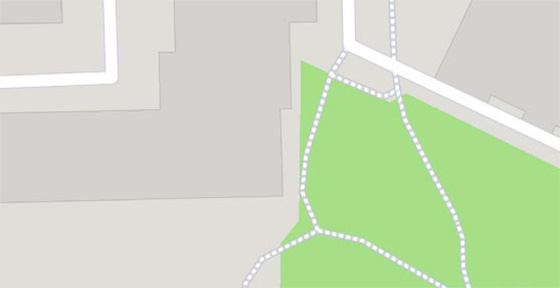The Wailing Wall in Jerusalem is the only fragment of the Jerusalem Temple that has survived to this day and the most important holy place of Judaism. The wall was originally erected as part of the expansion of the Second Jewish Temple started by Herod the Great. The name of the place comes from the mourning festival of the temple destroyed by the Romans. Traditionally, cards with intentions are inserted between the recesses of the wall with God.
The western wall was erected in around 19 BC during the renovation of the temple. The whole temple wall is almost 488 meters high, largely hidden behind the buildings. The name Wailing Wall refers to a 57-meter section, which for many centuries has been a place of prayer and pilgrimage for Jews and more. Subsequent rows of walls were created respectively in the seventh century, during the reign of the Ottoman Empire and in 1967.
The Wailing Wall in Jerusalem was divided, giving 48 meters for men and 12 meters for women. The wall is also important for followers of Islam. According to the Koran, this is the place where the Islamic prophet Muhammad bound his steed, al-Buraq, on a night trip to Jerusalem before entering paradise. The mysticism of the place and the historical, cultural and religious value mean that the Wailing Wall in Jerusalem also remains the destination of numerous Christian journeys.
Attractions inside




